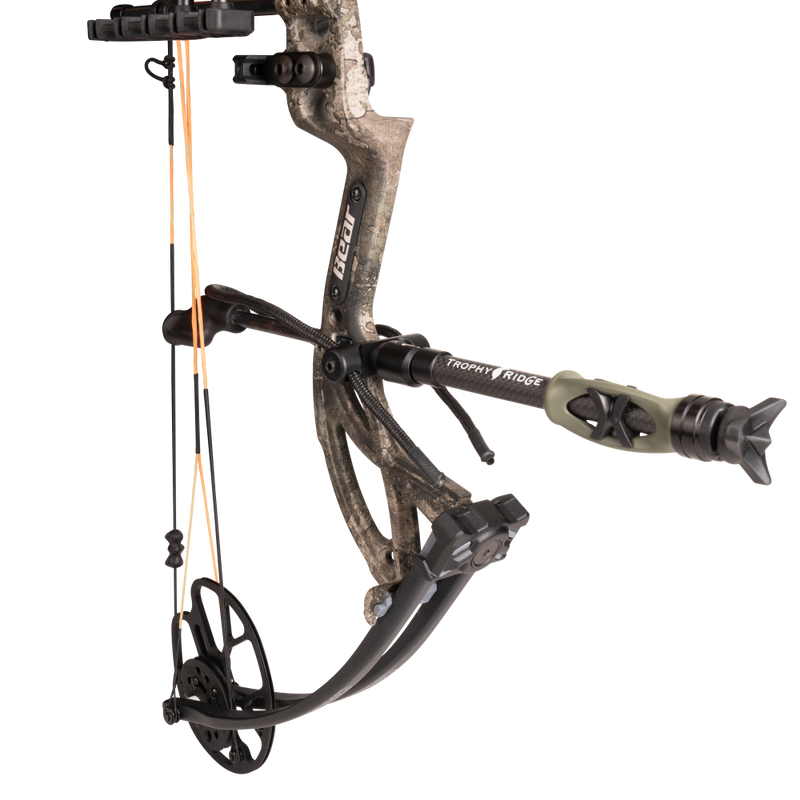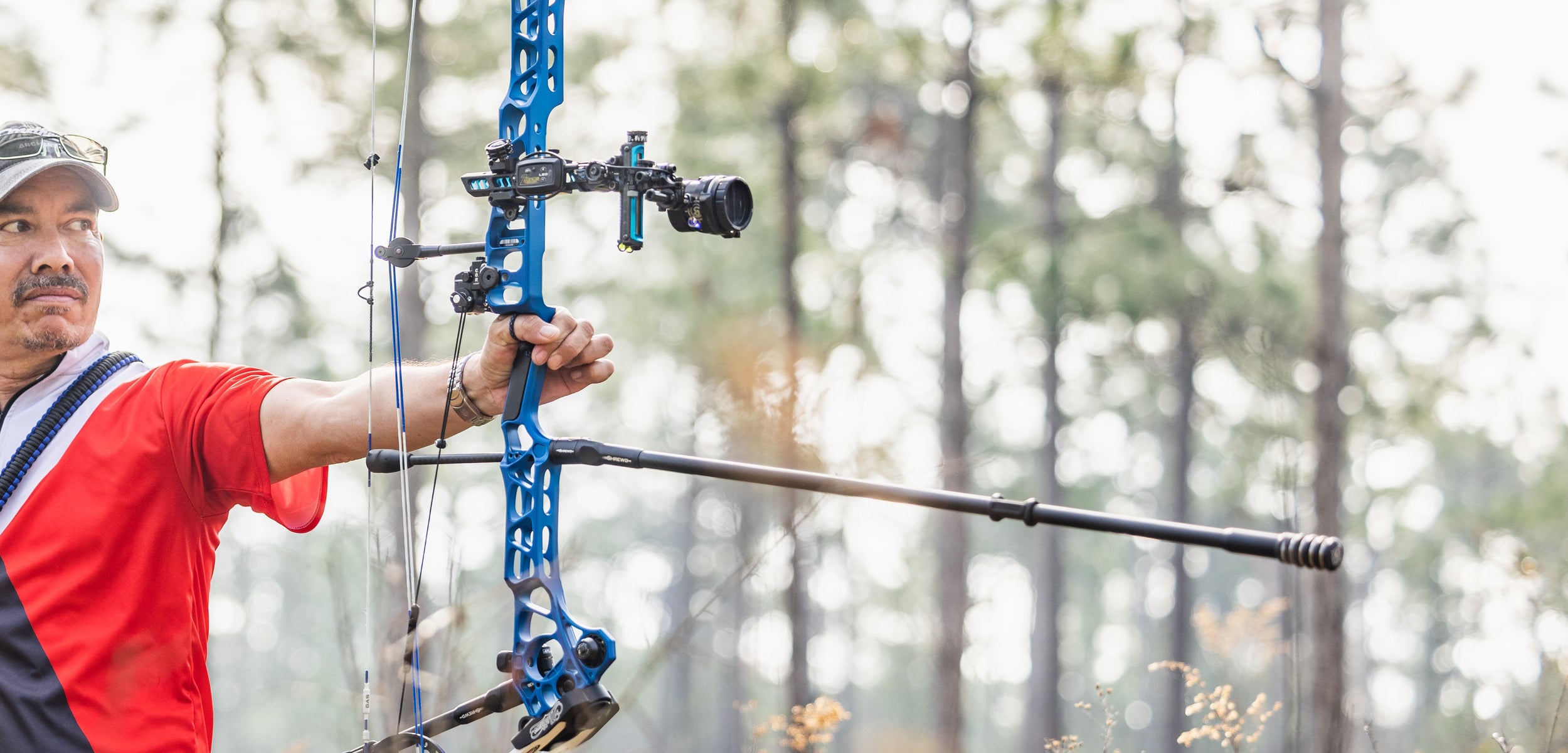Optimize Precision: Compound Bow Stabilizer Overview for Archery Lovers
Optimize Precision: Compound Bow Stabilizer Overview for Archery Lovers
Blog Article
Maximizing Your Archery Performance With the Right Compound Bow Stabilizer: an Extensive Summary
In the world of consistency, archery and accuracy are paramount to accomplishing optimum efficiency. One often-overlooked yet vital component in improving precision is the substance bow stabilizer. This humble device plays a significant function in steadying your goal, reducing bow torque, and absorbing vibrations. Nonetheless, the performance of a stabilizer rests on numerous aspects, consisting of placement, style, and weight. By understanding the subtleties of choose and enhancing a compound bow stabilizer, archers can fine-tune their devices to boost their capturing experience to new levels of efficiency and control.
Significance of Bow Stabilizers in Archery

Furthermore, bow stabilizers help in stabilizing the weight circulation of the bow, which can improve the archer's security while intending and shooting. By including weight to the front of the bow, stabilizers can reduce the quantity of torque experienced upon release, leading to a smoother and more controlled shot - compound bow stabilizer. This weight distribution also aids in holding the bow consistent for a longer duration, allowing the archer to intend extra precisely
Kinds of Compound Bow Stabilizers
When considering the numerous types of substance bow stabilizers available, it is necessary to comprehend their unique functions and functions to identify one of the most ideal alternative for maximizing archery performance. One of the most usual kinds of compound bow stabilizers include sidebar stabilizers, front stabilizers, and back stabilizers. Sidebar stabilizers attach to the sides of the riser and help in balancing the bow throughout the aiming process. Front stabilizers, additionally recognized as long poles, are connected to the front of the riser and help in taking in and decreasing any kind of vibrations triggered by the launch of the arrow, therefore enhancing precision. Back stabilizers, additionally called rear stabilizers, are mounted to the back of the bow and aid in reversing the weight of other devices, causing improved security and constant aiming. In addition, some stabilizers come with flexible weights that permit archers to make improvements the equilibrium and feeling of their bows according to their choices, making them functional alternatives for archery fanatics of all degrees.
Elements to Consider When Selecting
In assessing compound bow stabilizers, comprehending the unique functions and features of each type is critical for making an educated choice on the most ideal option to enhance archery performance. When picking a stabilizer, one have to take into consideration the weight of the stabilizer itself. By carefully evaluating these elements, archers can select a compound bow stabilizer that aligns with their shooting style and maximizes their overall performance on the archery variety.
Installation and Adjustment Tips
For optimal performance and accuracy in archery, mastering the installment and adjustment of your bow stabilizer is important. Proper installment begins with affixing the stabilizer to the bow's riser, ensuring it is securely secured.
When readjusting the stabilizer, begin with small step-by-step adjustments rather than drastic modifications. Pay focus to exactly how the bow responds to adjustments in stabilizer settings and make adjustments accordingly. Consistently check the stabilizer's tightness and general problem to guarantee it continues to work efficiently.
Upkeep and Care Standards

It is also crucial to keep your bow with the stabilizer in More Bonuses a safe and risk-free area when not in usage. Following these upkeep and care standards will aid you get the most out of your bow stabilizer and enhance your general archery performance.
Verdict
Finally, selecting the ideal compound bow stabilizer is vital for making the most of archery efficiency. Comprehending the relevance, types, factors to think about, installment and modification tips, in addition to upkeep and care standards can significantly influence one's accuracy and uniformity in capturing. By selecting a stabilizer that fits individual requirements and choices, archers can enhance their general performance and accomplish far better outcomes on the range or in competitors.
Bow stabilizers play an essential function in boosting an archer's precision and uniformity by reducing vibrations and supporting the bow during the go to my site release of an arrow - compound bow stabilizer.Furthermore, bow stabilizers aid in stabilizing the weight circulation of the bow, which can enhance the archer's security while intending and firing. The most usual types of compound bow stabilizers consist of sidebar stabilizers, front stabilizers, and back stabilizers. Back stabilizers, additionally called back stabilizers, are placed to the back of the bow and help in reversing the weight of various more information other accessories, resulting in enhanced security and constant intending. When choosing a stabilizer, one should think about the weight of the stabilizer itself
Report this page